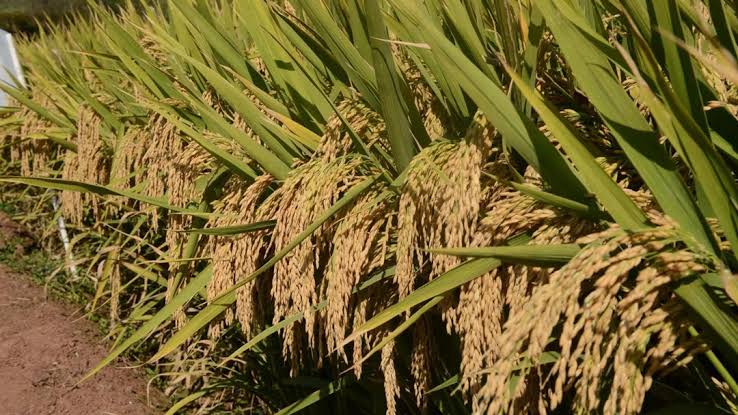Beijing, March 13, 2024, The Europe Today: A group of dedicated rice researchers in Beijing has successfully decoded the intricate genetic puzzle behind the enduring trade-off between the average size of rice grains and their maximum quantity on rice ears. This significant breakthrough, detailed in a study published in Science on Friday, opens the door to the development of next-generation super high-yield rice varieties, marking a major revolution in rice breeding.
For decades, the challenging negative correlation between grain size and their total number has posed a formidable obstacle to achieving higher-yield rice varieties. Increasing grain size typically resulted in a decrease in the overall number of grains, creating a dilemma for scientists and breeders.
Led by Tong Hongning at the Institute of Crop Sciences of the Chinese Academy of Agricultural Sciences, the research team focused on clustered-spikelet rice, a wild variety where multiple grains grow together on a single stem. This variety was seen as holding the key to tipping the delicate balance between grain size and quantity.
After years of dedicated research, the scientists successfully cloned the crucial gene responsible for clustered-spikelet rice. They also unraveled the role of a plant hormone, brassinosteroids, which can be manipulated through genetic engineering to enhance grain number without compromising size.
Clustered-spikelet rice has fascinated plant researchers globally for almost a century, but until now, the gene responsible for its formation had remained elusive. Tong Hongning stated, “We also found the hormone played a similar role in pepper, suggesting a broader role of the hormone in controlling multi-spikelet phenotypes in nature.”
Trial planting data demonstrated that varieties developed through Tong’s method yielded between 11.2 percent to 20.9 percent more, depending on the planting location.
Cao Yongsheng, Vice-President of the Chinese Academy of Agricultural Sciences, emphasized the importance of the breakthrough, stating, “Rice is a staple for over half of the global population. With the increasing global population and decreasing arable land, improving rice yield is significant for ensuring global food security.”
Highlighting the broader impact of such advancements, Cao noted that progress in basic agricultural science research is crucial for agricultural innovations, contributing to China’s high-level self-reliance in the sector. He acknowledged that technologies such as gene editing, synthetic biology, and digital intelligence are transforming farming and intensifying technological competition.
Qian Qian, one of the corresponding authors of the Science paper and an academician at the Chinese Academy of Sciences, stressed the contribution of scientific progress to agricultural output value. He affirmed that China, with breakthroughs in rice breeding, stands as the global leader in agriculture, a testament to the dedication of generations of tech workers, including figures like Yuan Longping, the father of hybrid rice. Qian concluded, “Hybrid rice has allowed us to stand on an equal footing with the world.”


